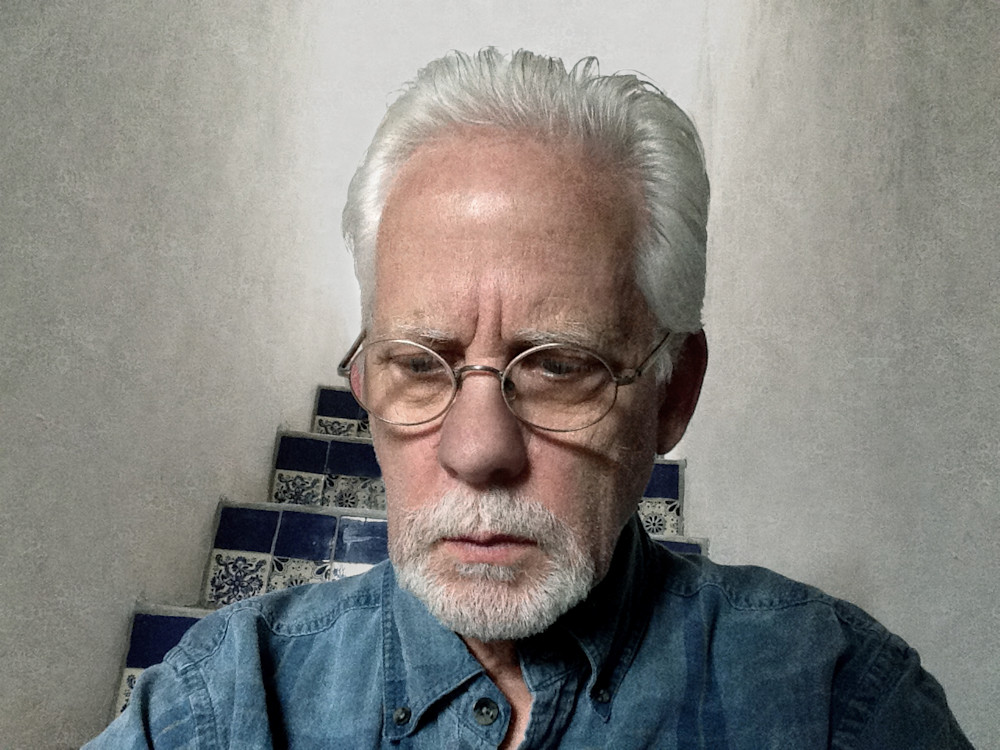Don Bergland
Digital Artist

Don Bergland is currently an Associate Professor of Art Education at the University of Victoria and has been an active exhibiting artist for over 50 years. During that time, he has worked through a variety of professional media, from oil on canvas to his current studio use of digital tools and techniques. He maintains an active international exhibiting career and has featured his artwork in over 160 major exhibitions throughout the world. He has won over 70 creative & professional awards for his work.
“My art is an alchemical adventure into the mysteries of my own philosophy, beliefs, and values. For me, studio practice is an intellectual activity, both on my part as the creator, and on the part of the viewer as translator of the experience. As a result, I try to place mental inquiry at the heart of each image I create. Each work is to be studied, pondered, and deciphered by the viewer. I consciously place symbolic interactions and connections within the objects populating the theatrical sets, and I encourage viewers to build their own narrative interpretations of these connections. I construct artwork like theatrical presentations. The actors in each visual set interact with and perform for the viewer. Through the stylistic use of realism, exaggeration, subdued colors, and strong lighting and shadow, I attempt to arrange the actors in a way that connects a pivotal object or theme with object association, symbolism, and metaphor, drawing background technique from Baroque and Victorian art. For me, the enclosed space of the visual image is a dramatic cerebral theatre populated by realistic sets, objects, and figures which when combined with intention, offer challenging mental enigmas. Walking a thin tightrope between the obvious and the absurd, I construct sets which host small dynamic dramas based on the mind’s ability to build meaningful narratives from enigmatic sources. The resulting images are to be seen for what they are, and then for what they may not be. Although I arrange these objects in specific ways to express my own ideas, I am fully aware that the way the imagery is designed will lead to a multitude of different interpretations. For the careful observer, directional maps are suggested in each image. These maps are woven into the location, pictorial relationship, and surface appearance of the actors in each composition. I trust that the viewer will engage with the work, note surfaces, relationships, symbols, and metaphors, and will then construct personal meaning.”



















